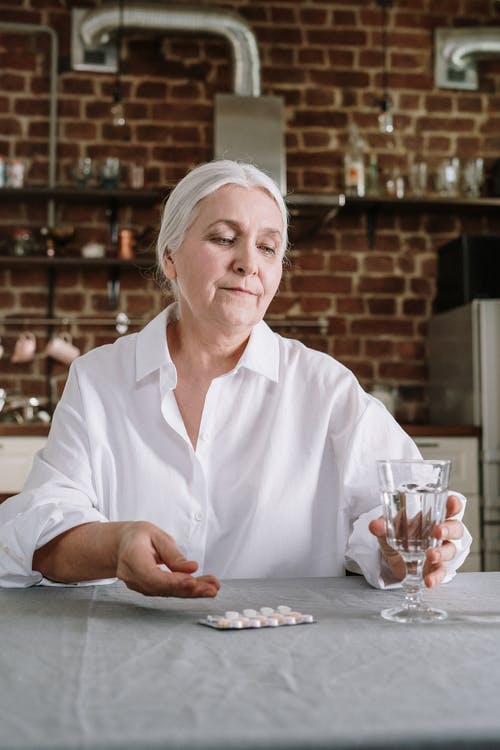How Does Active Senior Living Foster Physical, Mental, and Emotional Health in Seniors?
As we age, it becomes increasingly important to prioritize our well-being and ensure we are leading fulfilling and healthy lives. Active senior living offers a multitude of benefits that not only impact seniors’ physical health and address their mental and emotional well-being. In this article, we dive into semantically related topics to understand how seniors and their families can fully harness the advantages of an active lifestyle in senior communities.
Physical Health Benefits of Active Senior Living
Maintaining Muscle Strength and Balance
One of the most significant physical health benefits of active senior living is maintaining muscle strength and balance. Regular exercise and physical activity are essential in preventing falls and increasing mobility. By participating in strength training and compensation exercises, seniors can stay active and independent, leading to a safer and more fulfilling life.
Cardiovascular Health
Active senior living also positively impacts cardiovascular health. Regular aerobic exercise can help lower the risk of heat-related illnesses and improve overall fitness. Walking, swimming, and dancing can keep seniors’ hearts pumping and contribute to better heart health.
By offering a supportive community, engaging activities, and opportunities for social interaction, seniors are less likely to feel isolated and lonely, contributing to better mental health outcomes.
Emotional Health Benefits of Active Senior Living
Sense of Purpose and Fulfillment
Having a sense of purpose is crucial to maintaining emotional health, especially during the later stages of life. Active senior living communities often offer opportunities for seniors to engage in meaningful activities, volunteer work, and hobby pursuits. Seniors can achieve a renewed sense of purpose and fulfillment by participating in activities that interest them. For example, independent senior living in Carlsbad offer access to various clubs, classes, and local attractions, allowing seniors to lead meaningful lives by finding purpose and joy in their daily routines.
Improved Self-Esteem and Confidence
Active senior living can also contribute to improved self-esteem and confidence in seniors. By maintaining independence, achieving personal goals, and building supportive relationships, seniors can realize their potential and feel more at ease in their environment.
Stress Reduction and Management
Stress management is vital to emotional well-being and active senior health outcomes.
Disease Prevention and Management
Being physically active is essential for preventing and managing chronic conditions like diabetes, arthritis, and osteoporosis. Active seniors are likely to maintain a healthy weight, lower blood pressure, and improve overall health. By participating in regular exercise and physical activities, seniors can support their well-being and effectively manage existing health conditions.
Mental Health Benefits of Active Senior Living
Socialization and Community Connections
Social interaction and meaningful relationships are crucial to maintaining overall mental health in seniors. Active senior living provides numerous opportunities for seniors to connect with their peers through organized activities, like clubs, classes, and events. Building these connections can mitigate isolation and loneliness, benefiting seniors’ mental health.
Cognitive Stimulation
Participating in mentally stimulating activities is essential to maintaining brain health and cognitive function. Active senior living communities often provide access to resources and activities encouraging problem-solving, creativity, and memory retention. Keeping the brain engaged can help prevent cognitive decline and maintain overall mental health.
Reduction of Mental Health Issues
Active senior living significantly reduces mental health issues such as anxiety and offers healthy coping mechanisms and support systems. Access to caregiving, assistance, and peer support promotes emotional stability and allows seniors to navigate their emotions and stressors effectively.
The Role of Senior Living Communities in Promoting Health
Ensuring Proper Care and Support
Senior living communities are crucial in providing care and support to help residents maintain their overall well-being. These communities offer on-site professional staff and personalized care plans, ensuring seniors receive the appropriate support tailored to their needs. For example, senior living apartments often provide a range of amenities and services, including housekeeping, meal plans, and transportation tailored to suit the residents’ unique requirements.
Creating Opportunities for Social Engagement
One of the primary benefits of senior living communities is their ability to create social engagement opportunities. With scheduled activities, events, and outings, seniors can easily connect with their peers, build relationships, and participate in activities that keep them engaged and active.
Providing Necessary Amenities and Resources
Senior living communities also offer amenities and resources that cater to seniors’ physical, mental, and emotional well-being. Accessible facilities, exercise programs, and various activities are designed to encourage seniors to lead healthy and fulfilling lives.
Conclusion
In summary, active senior living offers a plethora of benefits that enhance seniors’ physical, mental, and emotional health. By providing opportunities for socialization, cognitive stimulation, and physical activity, seniors can maintain their well-being and experience a higher quality of life. Whether through an independent senior living community or a senior living apartment, embracing an active lifestyle is crucial for seniors and their families to ensure overall health and happiness.


